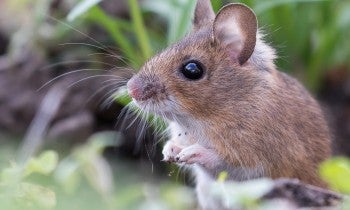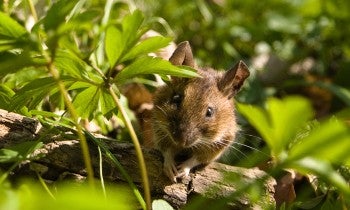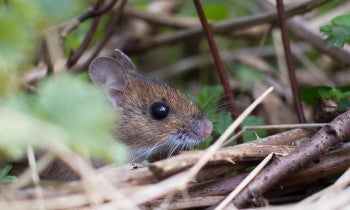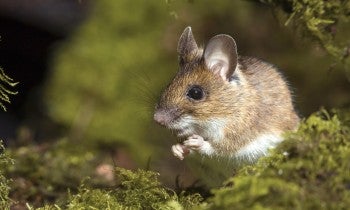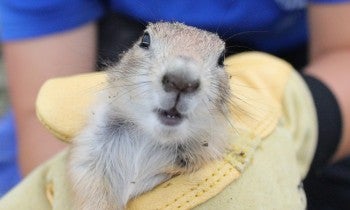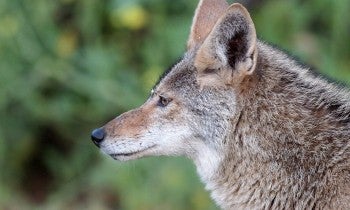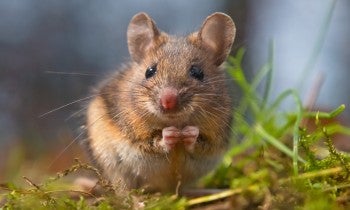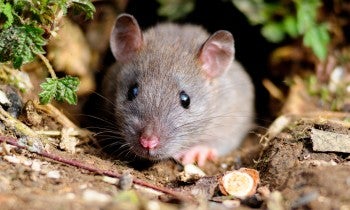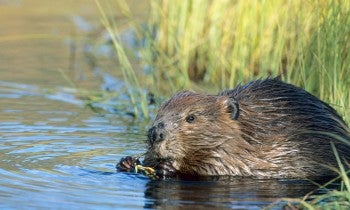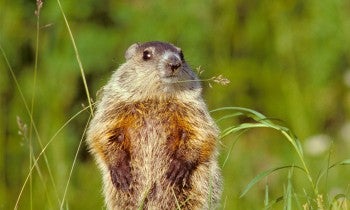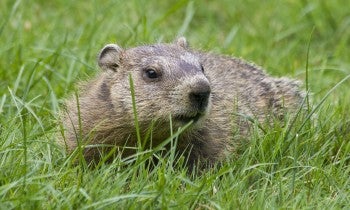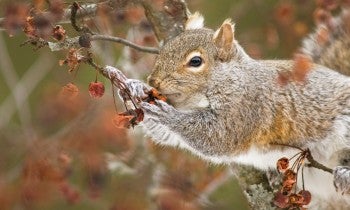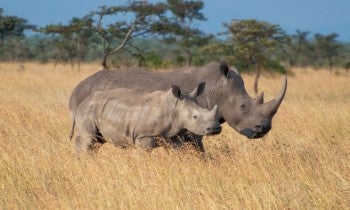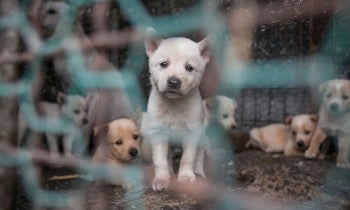Search
Found 26 results for humane rodent solutions
Humane Rodent Solutions
Rats and mice live alongside us, thrive because of us, and survive in spite of our attempts to eradicate them. While they mean us no harm, the presence of unwanted rodent visitors can, at times
Humane Rodent Solutions
Rats and mice live alongside us, thrive because of us, and survive in spite of our attempts to eradicate them. While they mean us no harm, the presence of unwanted rodent visitors can, at times, undoubtedly cause problems for people, In order to ‘control’ them, a selection of products is available
Glue traps FAQ
Are you dealing with mice or rats and considering glue traps? Before you use them, it’s important to understand the severe animal welfare risks and legal restrictions associated with these devices
A modern-day DDT?
Rodenticides wreak havoc across the animal kingdom. Animal advocates are fighting to end the use of these dangerous chemicals and protect wildlife.
Undercover shopping reveals widespread high-street sale of cruel rodent glue traps despite being illegal for unlicensed users
LONDON—On the first anniversary of the ban on public use of cruel glue traps for small rodents, an undercover shopping investigation by animal charity Humane World for Animals UK (previously called Humane Society International UK) reveals that hundreds of stores across England are still selling them
England bans public use of inhumane rodent glue traps but animal charity warns consumers against accidental law breaking, as traps still available for purchase in shops
LONDON—England today becomes the third UK nation, after Wales and Scotland, to bring into force a ban on the use of rodent glue traps, which are described by leading animal protection organisation Humane Society International/UK as “inhumane, indiscriminate and indefensible”. Entering into force
What to do about prairie dogs
Prairie dogs are one of the most controversial and widely misunderstood wildlife species in North America. Since early European migration onto the North American grasslands, prairie dogs have been
What to do about coyotes
Contents A comprehensive plan Why is there a coyote in my yard? Do coyotes eat cats, dogs or other pets? What should I do if I see or encounter a coyote? What keeps coyotes away? How can I deter or
Inhumane rodent glue traps to be banned in England following unanimous vote in House of Lords
LONDON—The public’s use of glue traps to catch mice and rats will be banned across England after a government-backed Private Members Bill received unanimous support during its third and final reading today in the House of Lords. The ban has been welcomed by animal charity Humane Society
England’s action to ban glue traps is a stirring victory for animal protection
With the recent passage of a bill that gained unanimous support in the House of Lords, England has joined a handful of countries and a host of companies and institutions around the world that have banned glue traps. For mice and rats, the traps’ primary targets, who are so often excluded from
What to do about beavers
Beavers are making a comeback. Nearly driven to extinction by the fur trade, nature’s best architects are now six to 12 million strong in the United States. This return will provide significant
Strangers in a strange land
Being trapped and relocated is one nightmare that is a common reality for many backyard creatures. One minute they’re going about the business of survival, and the next, without warning, they’re
What to do about skunks
Skunks, easily identifiable by their characteristic black and white striping, are notorious for producing a foul odor when frightened. Although a skunk’s spray is known mostly for its robust smell, it
How we worked to save wild animals all over the world in 2024
One of the urgencies that defines our mission in this era is the rapidly increasing threat to wild animals all over the world. Under the overwhelming pressures of biodiversity loss, shrinking habitats and climate change, untold numbers of wild animals also face the cruelty of the illegal wildlife
What to do about groundhogs (woodchucks)
Known for Groundhog Day and weather prediction, nearsighted groundhogs (aka woodchucks) have an important place in the ecosystem. They provide food for coyotes, foxes, weasels, badgers, hawks and
Squirrels: They’re no nuts
A microcosm of our contradictory relationships with animals, human-squirrel interactions have long been shortsighted. Although a common animal, squirrels live an uncommon life.
Seven ways to be a wildlife warrior
Around the world, many thousands of wild animals are exploited for human entertainment, food, fashion and frippery, or killed or injured through poisons and traps, not only causing immense animal suffering but also threatening many species with extinction. According to a UN report, species
Asia
- Current page1
- 2
